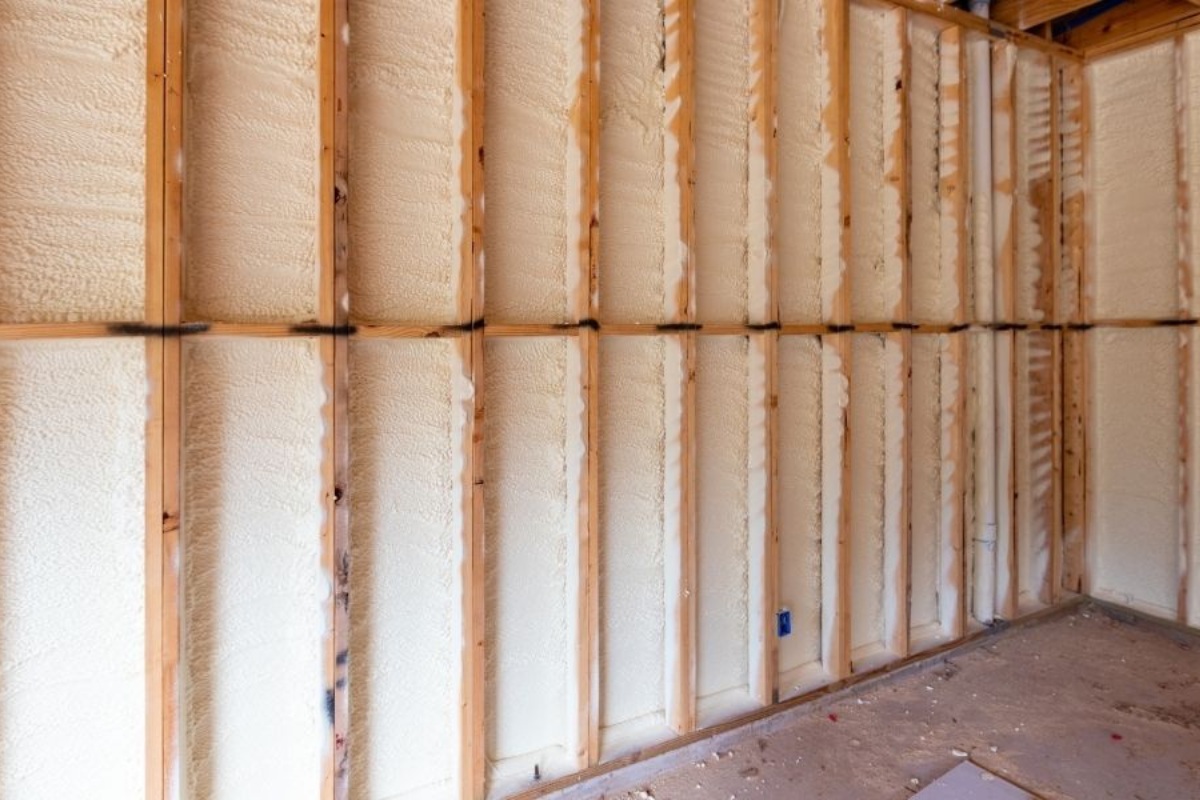

Articles
What Is The R-Value Of Spray Foam Insulation
Modified: February 23, 2024
Learn about the R-value of spray foam insulation in this informative article. Find out how this energy-efficient option can improve your home's insulation and save on utility costs.
(Many of the links in this article redirect to a specific reviewed product. Your purchase of these products through affiliate links helps to generate commission for Storables.com, at no extra cost. Learn more)
Introduction
Welcome to the world of insulation! If you’re considering insulating your home or building, you’ve likely come across the term “R-value.” Understanding the R-value is crucial in determining the effectiveness of insulation materials, and one popular type of insulation that boasts impressive R-values is spray foam insulation.
In this article, we will delve into the world of spray foam insulation and explore its R-value. We will discuss what spray foam insulation is, how it works, and the factors that affect its R-value. We will also highlight the benefits and drawbacks of using spray foam insulation. So, let’s get started!
Key Takeaways:
- Spray foam insulation offers superior R-values, providing excellent thermal resistance and energy efficiency. Its versatility and ability to create an airtight seal make it a compelling choice for both new constructions and retrofit projects.
- While spray foam insulation comes with initial costs and installation requirements, its long-term benefits, including energy savings, improved indoor comfort, and durability, make it a valuable investment for efficient and effective insulation solutions.
Read more: What Is The R-Value In Insulation
What is Spray Foam Insulation?
Spray foam insulation is a type of insulation material that is applied as a liquid and then expands into a foam, creating a seamless layer of insulation. It is made up of two main components, polyol resin and isocyanate, which are mixed together using special equipment and sprayed onto surfaces.
Once applied, the liquid mixture expands rapidly, filling in cracks, gaps, and voids, and adheres to the surface it is sprayed on. This creates an airtight seal and provides excellent insulation properties.
Spray foam insulation is available in two main types: open-cell and closed-cell. Open-cell spray foam is less dense and allows some air and moisture to penetrate, while closed-cell spray foam is denser and offers a higher degree of insulation and moisture resistance.
Due to its unique application method, spray foam insulation can be used to insulate various areas in a building, including walls, roofs, attics, and basements. It can conform to any shape or surface and provides complete coverage, eliminating thermal bridging and reducing the potential for air leaks.
Overall, spray foam insulation offers several advantages over traditional insulation materials such as fiberglass or cellulose. Its ability to create an airtight seal, provide superior insulation, and effectively reduce energy consumption has made it a popular choice for homeowners and builders alike.
How Does Spray Foam Insulation Work?
Spray foam insulation works through a chemical reaction between the polyol resin and isocyanate components. When these two components are mixed together, they undergo a process called polymerization, causing the liquid mixture to expand and transform into foam.
During the application process, the mixture is sprayed onto the surface using a spray gun. As it makes contact with the surface, the liquid begins to expand, filling in gaps and crevices. The expansion occurs due to the release of carbon dioxide gas as a byproduct of the chemical reaction.
This expanding foam adheres to the surface, creating a seamless layer of insulation. It expands in all directions, tightly sealing any cracks, joints, or voids that might be present. This includes areas around pipes, electrical wiring, and various structures, ensuring a complete insulation coverage.
The expanding foam also has excellent adhesive properties, allowing it to bond to the surface it is sprayed on. This creates a strong and durable insulation layer that can withstand the test of time.
Once the foam is fully expanded and hardened, it forms a solid barrier that provides exceptional insulation properties. It acts as both an insulator and an air barrier, reducing heat transfer and preventing air leakage.
Furthermore, spray foam insulation has the ability to expand and contract with the building structure, making it resistant to cracks and shifts that can occur over time. This flexibility helps to maintain the integrity of the insulation and ensures its long-lasting efficiency.
In summary, spray foam insulation works by combining polyol resin and isocyanate components, which undergo a chemical reaction to create an expanding foam. This foam adheres to surfaces, fills in gaps, and forms a solid barrier that provides excellent insulation and air-sealing properties.
Understanding R-Value
R-value is a measure of the thermal resistance of an insulation material. It represents the material’s ability to resist the transfer of heat through conduction. The higher the R-value, the more effective the insulation is in preventing heat flow.
The R-value of insulation is determined by conducting tests in a controlled environment. The test measures the rate of heat transfer through a specific thickness of insulation material. The R-value is then calculated based on the results of these tests.
R-values are typically assigned to insulation materials and products by manufacturers. These values provide a standard measure that enables consumers to compare the insulation properties of different products.
When it comes to spray foam insulation, it offers higher R-values compared to other types of insulation, such as fiberglass batts or cellulose. The R-value of spray foam insulation depends on various factors, including the thickness of the foam, the type of foam used (open-cell or closed-cell), and the density of the foam.
It’s important to note that the R-value of spray foam insulation is usually given as a per-inch value. This means that the R-value increases as the thickness of the foam increases. For example, closed-cell spray foam insulation typically has an R-value ranging from R-6 to R-7 per inch, while open-cell spray foam insulation has an R-value of around R-3.5 to R-4 per inch.
When determining the total R-value of a spray foam insulation installation, it’s essential to consider the thickness of the foam applied. The thicker the foam, the higher the overall R-value will be.
It’s worth mentioning that the R-value of insulation is not the only factor to consider when evaluating its performance. Other factors, such as air leakage, moisture resistance, and the overall quality of installation, also play a role in determining the effectiveness of insulation.
In summary, the R-value of spray foam insulation represents its ability to resist heat transfer. Spray foam insulation generally offers higher R-values compared to other insulation materials. The R-value is determined by factors like foam thickness, foam type, and foam density. Evaluating the overall performance of insulation involves considering additional factors beyond just the R-value.
Factors Affecting the R-Value of Spray Foam Insulation
The R-value of spray foam insulation can be influenced by several factors. It’s important to understand these factors as they play a crucial role in the overall effectiveness and performance of the insulation. Here are some key factors that can impact the R-value of spray foam insulation:
Read more: What R-Value Is Blow-In Insulation
1. Foam Thickness:
The thickness of the spray foam insulation directly affects its R-value. The R-value is typically expressed per inch of foam. Therefore, the thicker the foam, the higher the R-value will be. It’s essential to consult with professionals to determine the appropriate thickness of the spray foam insulation based on the specific insulation requirements and local building codes.
2. Foam Type:
The type of spray foam insulation used can impact its R-value. There are two main types: open-cell and closed-cell foam. Closed-cell foam has a higher density and provides a higher R-value compared to open-cell foam. Open-cell foam has a lower density, which leads to a slightly lower R-value per inch. The choice between open-cell and closed-cell foam should be made based on the specific insulation needs, budget considerations, and moisture control requirements.
3. Installation Quality:
The quality of installation plays a significant role in the performance of spray foam insulation. Proper installation ensures complete coverage, seamless sealing of gaps, and optimal thickness. If the installation is not done correctly, it can lead to air leaks, compromised insulation properties, and lower R-value. Hiring experienced and trained professionals for the installation is crucial to ensure that the spray foam insulation performs effectively as intended.
4. Environmental Factors:
The environmental conditions around the spray foam insulation can also impact its R-value. Extreme temperatures, moisture levels, and exposure to ultraviolet (UV) radiation can affect the performance of the insulation over time. Moisture intrusion can lead to a decrease in insulation effectiveness, while UV exposure may cause degradation of the foam material. Proper moisture control and implementing protective measures, such as applying a UV-resistant coating, can help mitigate these effects.
Read more: What Is The R-Value Of Fiberglass Insulation
5. Building Design and Construction:
The design and construction of the building can influence the R-value of spray foam insulation. Factors like the presence of thermal bridging, gaps, or areas of poor insulation can reduce the overall effectiveness of the insulation. Addressing these issues during the construction phase and incorporating proper insulation techniques can help optimize the R-value of spray foam insulation.
6. Maintenance:
Maintenance of the spray foam insulation can also impact its R-value. Regular inspections should be carried out to ensure there are no damages, gaps, or areas of deterioration. Any necessary repairs or maintenance should be promptly addressed to maintain the optimal insulation performance and R-value.
By considering these factors and ensuring proper installation and maintenance, the R-value of spray foam insulation can be maximized, resulting in superior energy efficiency and comfort in the building.
Benefits of Spray Foam Insulation
Spray foam insulation offers numerous benefits that make it an attractive choice for both residential and commercial applications. Here are some of the key advantages of using spray foam insulation:
1. Excellent Insulation Performance:
Spray foam insulation provides exceptional insulation performance due to its high R-value. It effectively reduces heat transfer and prevents air leakage, resulting in improved energy efficiency and reduced utility costs. The airtight seal created by spray foam insulation helps to maintain a consistent temperature and improved indoor comfort.
Read more: What R-Value Insulation For Interior Walls
2. Versatility:
Spray foam insulation is highly versatile and can be applied to various areas, including walls, roofs, attics, basements, and crawl spaces. It can be used in new constructions, as well as retrofitted into existing structures. The ability to conform to any shape or surface makes it an ideal choice for insulating irregularly shaped or hard-to-reach areas.
3. Air Sealing:
One of the significant advantages of spray foam insulation is its ability to create a seamless, airtight seal. It fills in gaps, cracks, and voids that may exist in the building envelope, preventing air infiltration and minimizing drafts. This air sealing property not only enhances energy efficiency but also improves indoor air quality by reducing the entry of pollutants, allergens, and outdoor noise.
4. Moisture Barrier:
Spray foam insulation acts as an effective moisture barrier. It reduces the risk of moisture infiltration, which can cause mold growth, rotting, and structural issues. Closed-cell spray foam, in particular, has a higher resistance to moisture due to its high density and closed-cell structure.
5. Longevity:
Spray foam insulation is known for its durability and longevity. Once properly installed, it can last for decades without significant degradation or loss of insulation performance. This longevity reduces the need for frequent replacements, saving both time and money in the long run.
Read more: What R-Value For Crawl Space Insulation
6. Noise Reduction:
Spray foam insulation has excellent sound-absorbing properties, helping to reduce noise transmission. It can minimize external noise from traffic or neighbors, as well as internal noise between rooms or floors. This noise reduction feature adds an extra layer of comfort, making the indoor environment quieter and more peaceful.
7. Environmentally Friendly:
Many spray foam insulation products are formulated using environmentally friendly blowing agents with low ozone depletion potential. Additionally, the energy-saving benefits of spray foam insulation help to reduce carbon emissions and decrease the ecological footprint of the building.
Overall, the benefits of spray foam insulation, including its superior insulation performance, versatility, air sealing properties, moisture resistance, longevity, noise reduction, and environmental friendliness, make it a compelling choice for those seeking efficient and effective insulation solutions.
Drawbacks of Spray Foam Insulation
While spray foam insulation offers numerous advantages, it is important to consider its drawbacks as well. Here are some of the key drawbacks associated with spray foam insulation:
1. Cost:
Spray foam insulation is generally more expensive compared to other insulation materials such as fiberglass or cellulose. The cost includes both the material itself and the professional installation. However, it’s important to note that spray foam insulation offers long-term energy savings, which can eventually offset the initial cost.
Read more: What R-Value Insulation For Exterior Walls
2. Professional Installation:
Spray foam insulation requires professional installation. This is because specialized equipment and knowledge are required to mix and apply the chemicals properly. The complexity of the installation process means that hiring a professional insulation contractor is necessary, adding to the overall cost.
3. Health and Safety Precautions:
During the installation process, proper health and safety precautions must be taken. The chemicals used in spray foam insulation may emit strong odors and potentially harmful fumes. It is important to ensure proper ventilation during installation and allow the foam to fully cure before occupying the space. Some individuals may be sensitive or allergic to the chemicals, so precautions should be taken to minimize exposure during and after installation.
4. Difficult Removal and Retrofitting:
If for any reason the spray foam insulation needs to be removed or replaced, it can be a labor-intensive and costly process. The foam adheres tightly to the surface, making it difficult to remove without damaging the underlying materials. Retrofits or changes to the insulation can also be challenging due to the compatibility issues between new and existing foam layers.
5. Potential for Improper Installation:
If the spray foam insulation is not installed correctly, it may not perform as intended. Improper installation can lead to insufficient coverage, air leaks, or improper mixing of the chemicals, affecting the overall insulation effectiveness and leading to a lower R-value. Therefore, it is crucial to hire experienced and trained professionals for the installation to ensure proper quality control.
Read more: What R-Value For Crawl Space Insulation
6. Susceptibility to Moisture:
While spray foam insulation has some moisture resistance, it is not completely impervious to moisture. If moisture finds its way into the foam, it can cause degradation of the material and affect the insulation performance. It’s essential to address any sources of moisture intrusion and implement proper moisture management strategies to mitigate this risk.
It is important to consider these drawbacks and weigh them against the benefits to make an informed decision about whether spray foam insulation is the right choice for your insulation needs. Consulting with professionals and understanding the specific requirements of your project can help determine the suitability of spray foam insulation in your situation.
Conclusion
Spray foam insulation is a highly effective and versatile insulation material that offers numerous benefits. With its excellent insulation performance, air sealing properties, and moisture resistance, it provides a comprehensive solution for improving energy efficiency, indoor comfort, and overall building performance. However, it is important to carefully consider the drawbacks associated with spray foam insulation, such as the initial cost, professional installation requirements, potential health and safety considerations, and the challenges of removal or retrofitting.
Despite these drawbacks, the advantages of spray foam insulation often outweigh the disadvantages, particularly in terms of long-term energy savings and improved indoor comfort. By creating an airtight seal, spray foam insulation can significantly reduce energy consumption and utility costs while maintaining a consistent indoor temperature. Its versatility allows for application in various areas, making it ideal for both new constructions and retrofit projects.
To ensure the best results, it is crucial to hire qualified professionals for the installation of spray foam insulation. Proper installation will not only maximize the insulation’s effectiveness but also minimize potential health and safety risks. Additionally, regular maintenance and inspections are necessary to preserve the insulation’s performance and address any issues promptly.
Before making a decision, it is recommended to consult with insulation experts and consider the specific requirements of your project. They can provide valuable insights and help determine whether spray foam insulation is the right choice for your needs, taking into account factors like local climate, building design, and budget considerations.
In conclusion, spray foam insulation is a highly efficient and effective insulation solution that can greatly improve energy efficiency, indoor comfort, and overall building performance. While it may have some drawbacks, the benefits it offers make it a compelling choice for those seeking a high-quality insulation option. By understanding its features, installation process, and potential considerations, you can make an informed decision and enjoy the long-term benefits of spray foam insulation in your home or building.
Frequently Asked Questions about What Is The R-Value Of Spray Foam Insulation
Was this page helpful?
At Storables.com, we guarantee accurate and reliable information. Our content, validated by Expert Board Contributors, is crafted following stringent Editorial Policies. We're committed to providing you with well-researched, expert-backed insights for all your informational needs.
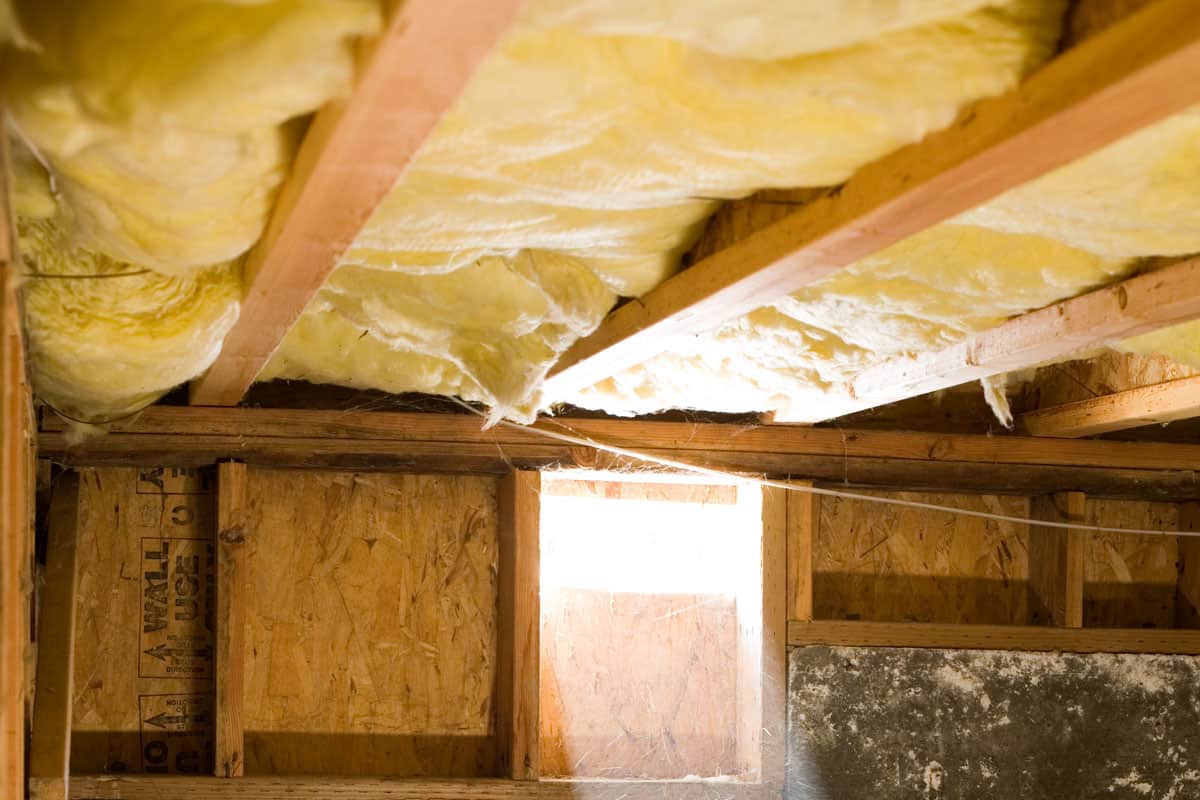
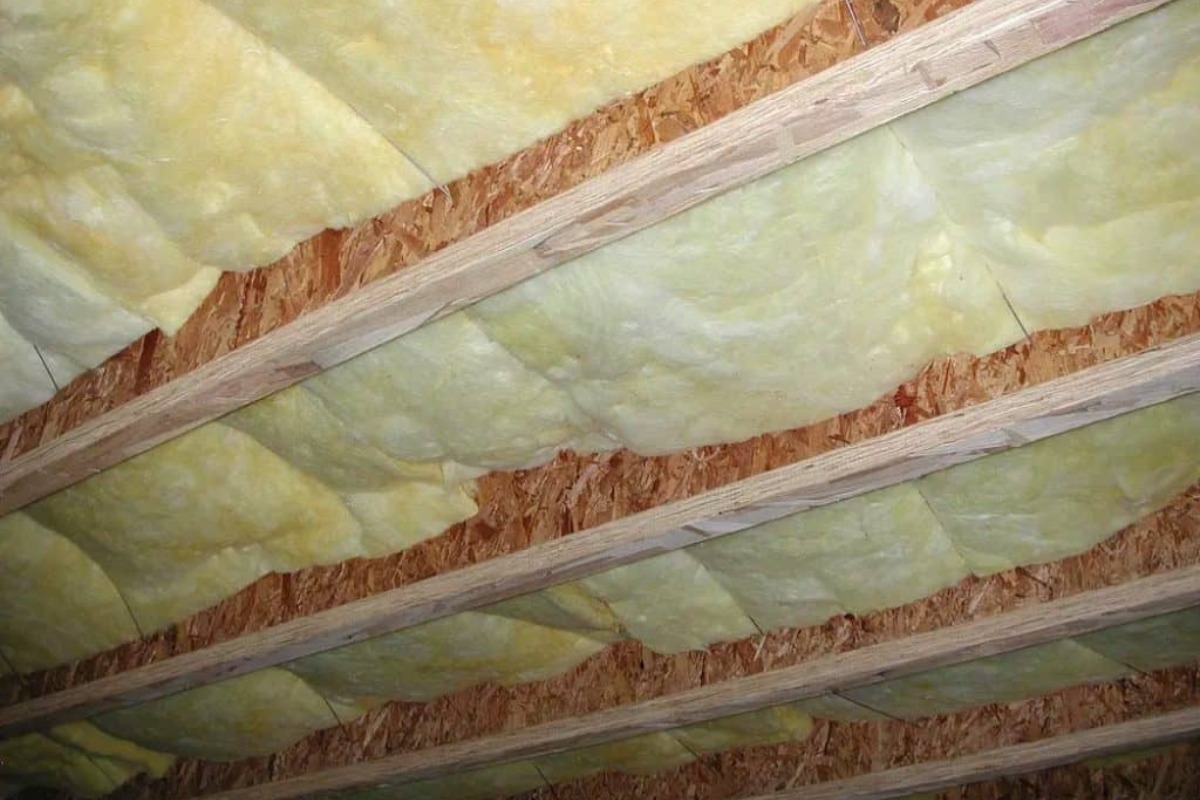
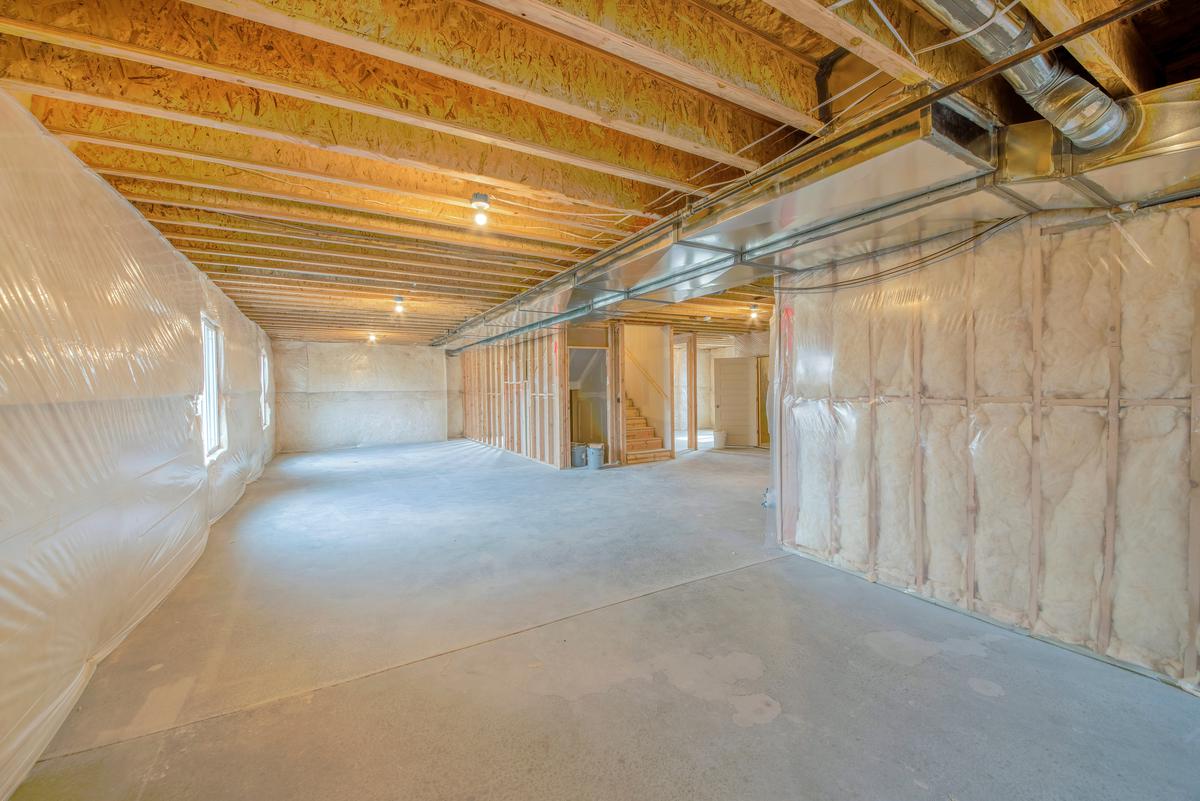
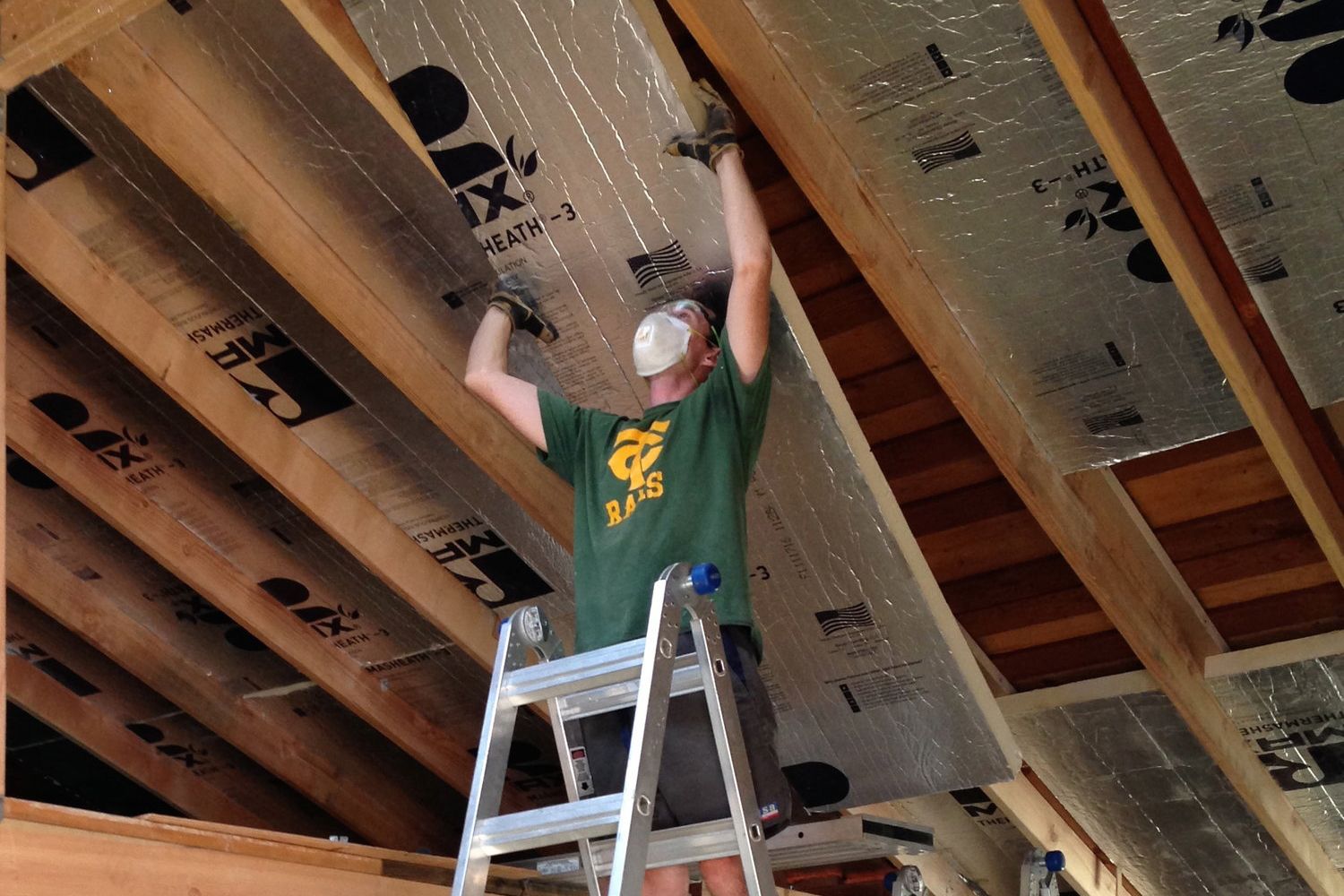
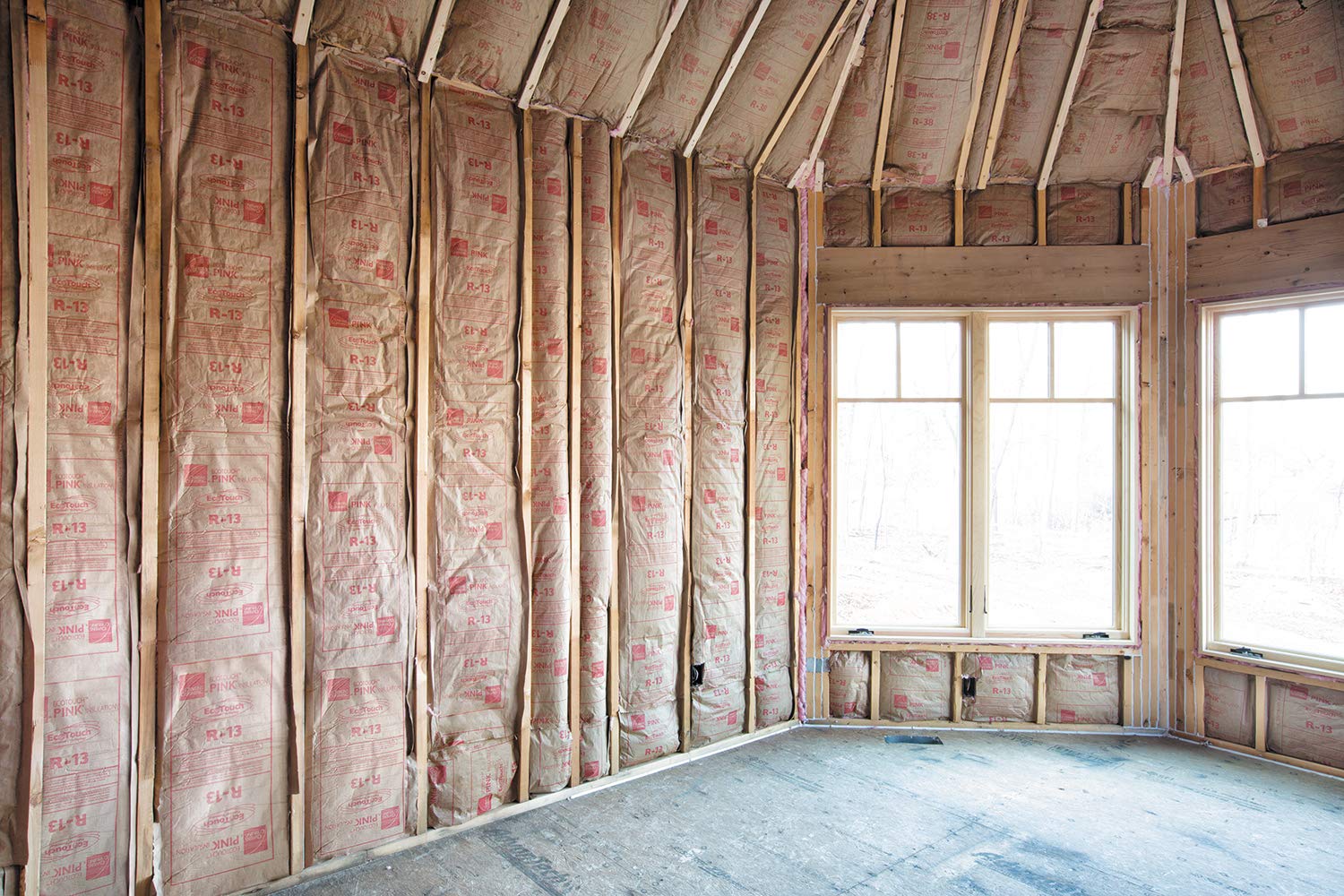
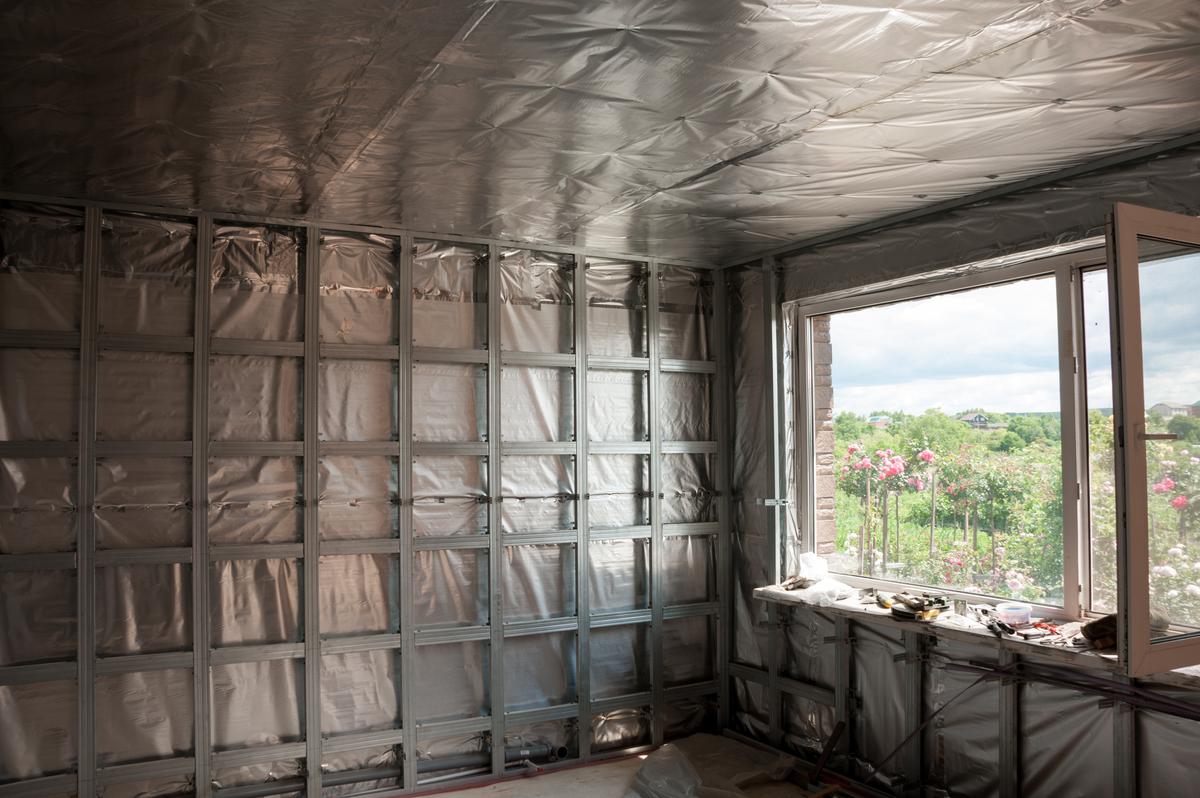
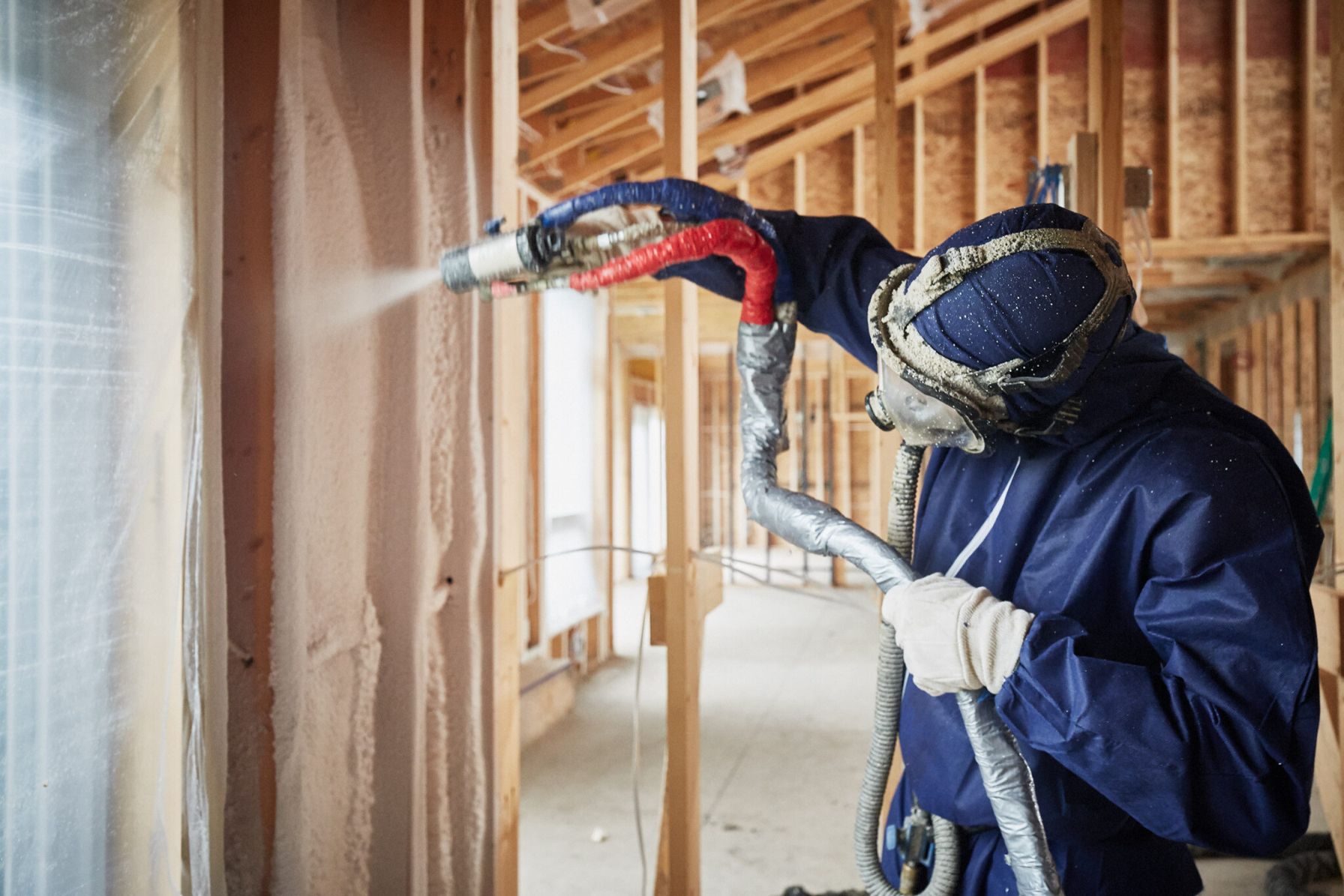
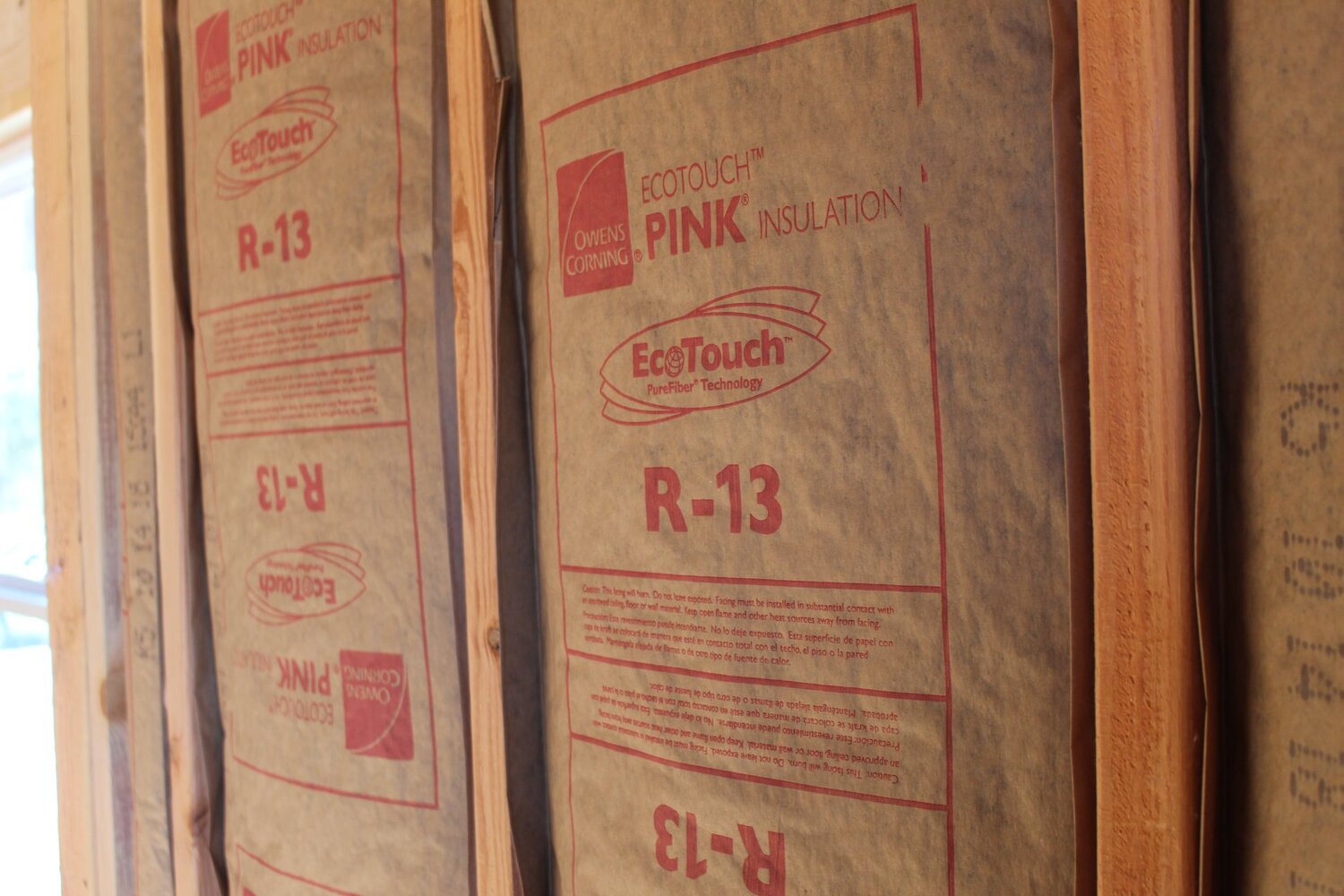
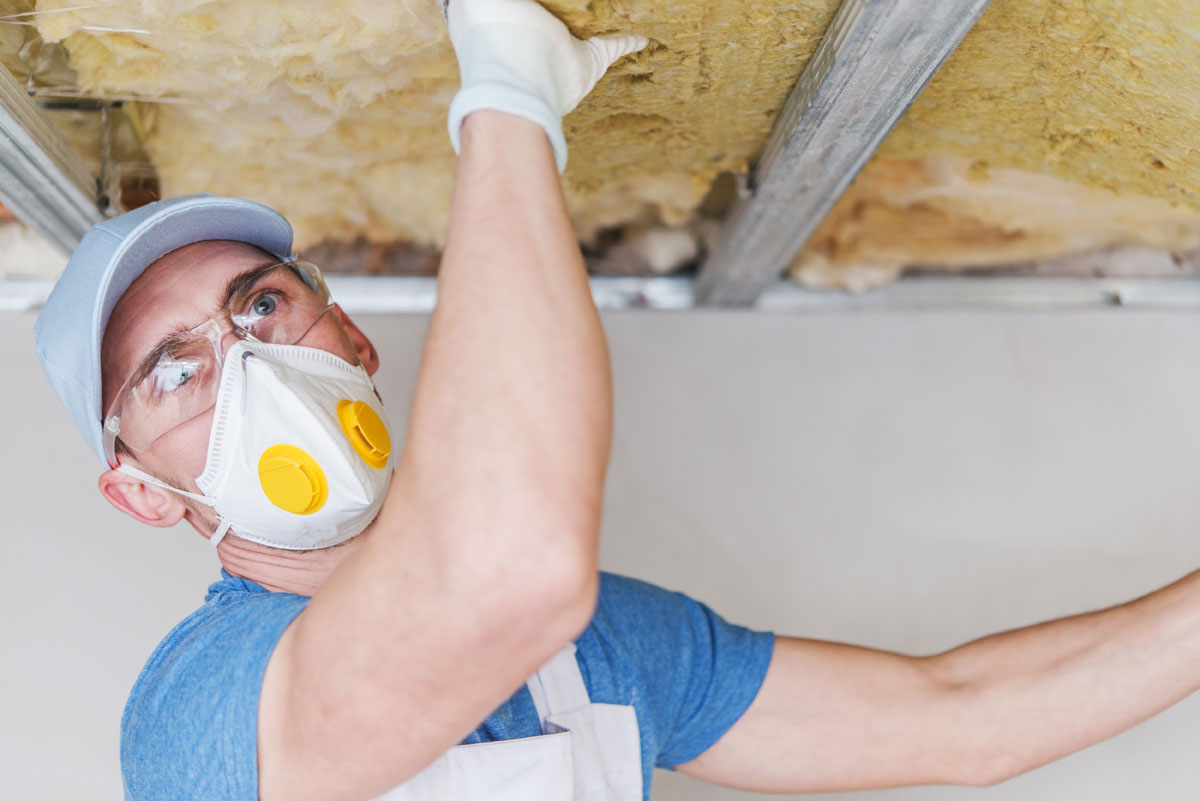

0 thoughts on “What Is The R-Value Of Spray Foam Insulation”